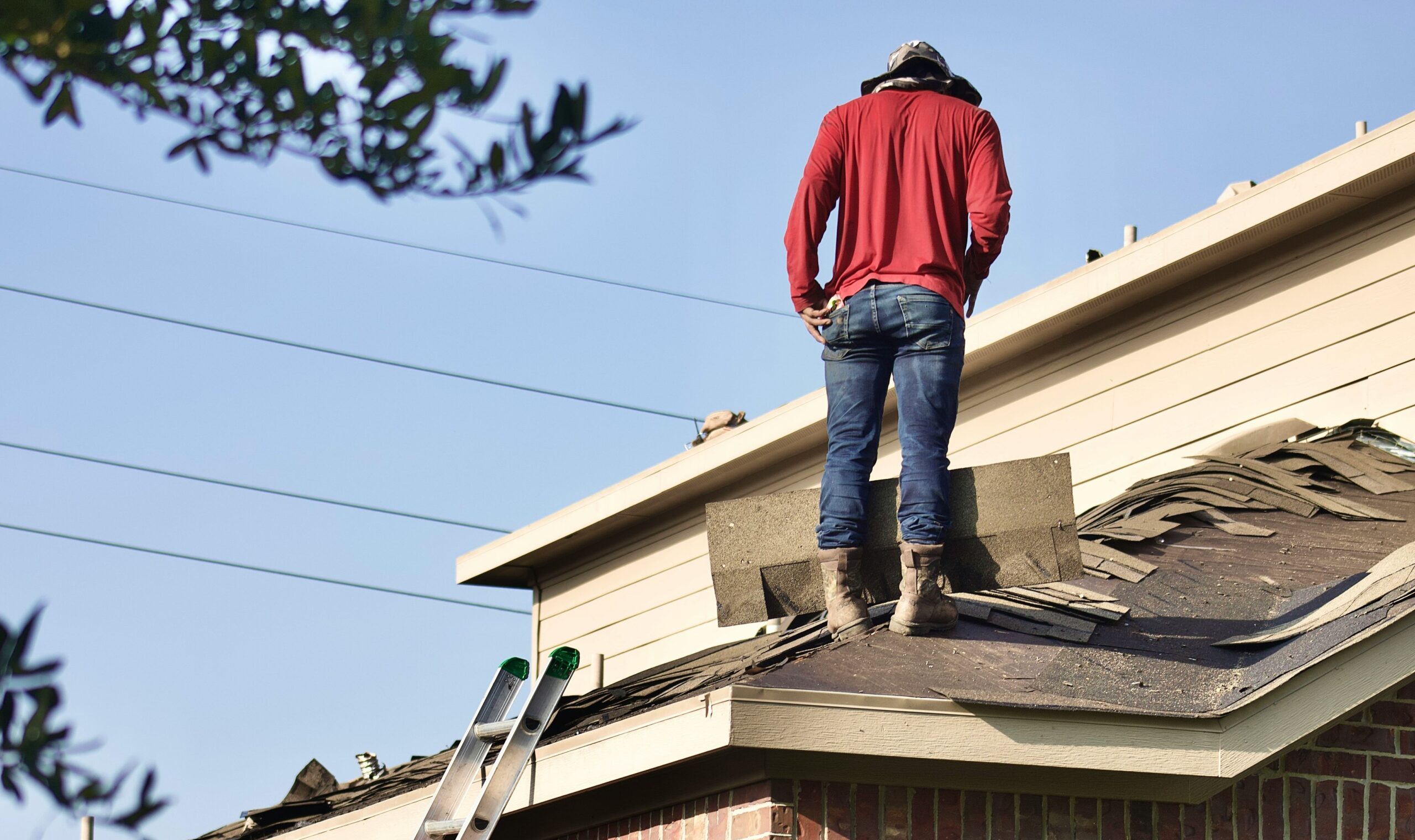Imagine your roof sustains storm damage, and it will cost $10,000 to replace it with a new one.
With an ACV policy:
- Your insurance company assesses the roof’s current value, factoring in depreciation.
- They typically calculate this by considering factors such as the roof’s age, condition, and wear and tear.
- Let’s say they determine the roof’s actual cash value to be $5,000 due to depreciation.
- You’d receive a payout of $5,000, reflecting the depreciated value of the roof.
With an RCV policy:
- The insurance company covers the full cost of replacing the roof with a new one, regardless of depreciation.
- You’d receive the full $10,000 needed for the replacement, enabling you to cover the entire cost without deductions.
In summary, an ACV policy reimburses you based on the depreciated value of the damaged property, typically calculated by considering factors like age and wear and tear. An RCV policy covers the full cost of replacement without factoring in depreciation.

